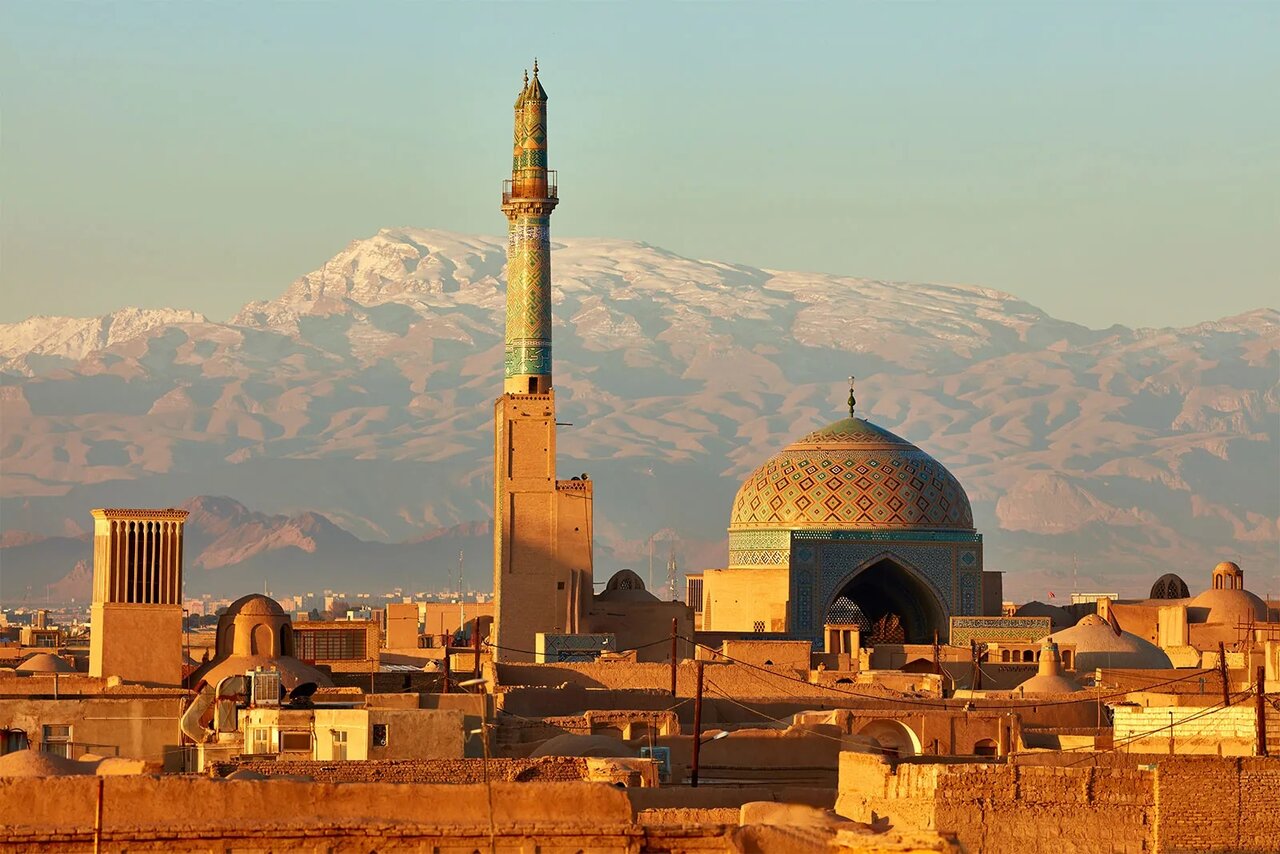ACD representatives invited to Yazd

TEHRAN - The ancient city of Yazd, recently designated as the tourism capital of the Asia Cooperation Dialogue (ACD) for 2024, is set to welcome 14 ambassadors and representatives from member countries.
As mentioned by local officials, this significant invitation comes as part of efforts to showcase Yazd's rich cultural heritage and promote its travel attractions.
“Yazd's selection as the tourism capital presents a unique opportunity for both the province and the country,” Azizollah Seifi, the head of Yazd Islamic City Council, said on Sunday.
“This event marks a pivotal moment to harness the tourism, economic, and cultural potential of Yazd province and especially this UNESCO-registered city,” he stated.
Scheduled to commence on Wednesday, the two-day event will see the participation of 14 dignitaries from ACD member countries, accompanied by the Secretary-General of the Economic Cooperation Organization (ECO), Seifi explained.
A don’t miss destination
In July 2017, Yazd's historic core earned the prestigious designation of UNESCO World Heritage site. Revered by nearly all who visit, Yazd is often hailed as an essential destination. Its landscape is adorned with mudbrick houses adorned with innovative wind catchers known as badgirs, enchanting alleyways, and a plethora of Islamic and Iranian landmarks.
Cultural heritage experts laud Yazd as a testament to ingenious resource utilization in desert environments. Water, a precious commodity, is ingeniously channeled through the ancient qanat system, with each district boasting its communal center. Traditional architecture employs earth-based construction methods, including vaults and domes, while subterranean courtyards and thick earthen walls contribute to a naturally temperate microclimate.
The historical heart of Yazd boasts a treasure trove of mudbrick residences, bustling bazaars, ancient bathhouses, reservoirs, mosques, synagogues, Zoroastrian temples, and age-old gardens. Embracing religious diversity, Yazd harmoniously accommodates Islam, Judaism, and Zoroastrianism.
Yazd's landscape is punctuated by numerous qanats, lifelines that have nourished agriculture and settlements for millennia. These subterranean channels, hewn by hand, tap into snow-fed streams originating from nearby mountains. While the earliest qanats trace back to the Sassanid era (224 to 651 CE), many have been meticulously maintained and remain in use, with most surviving traditional cisterns, known as Ab-Anbars, dating back to the late Safavid and Qajar periods.
AM
